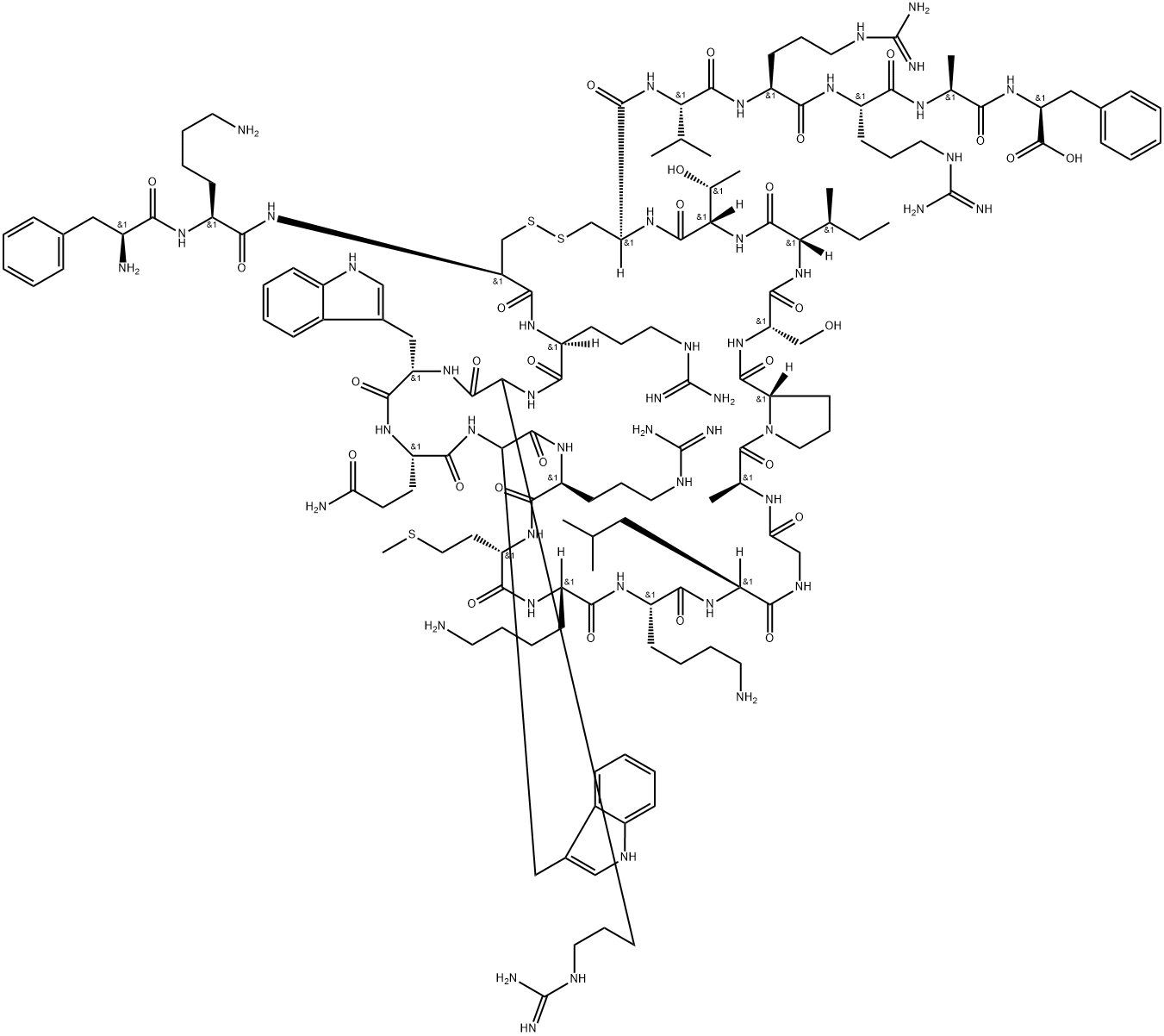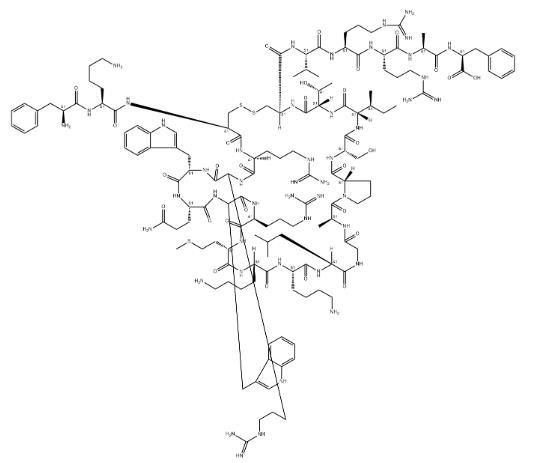Function of Lactoferrin
Lactoferrin (LF), also known as lactotransferrin (LTF), is a multifunctional protein of the transferrin family. Lactoferrin is a globular glycoprotein with a molecular mass of about 80 kDa that is widely represented in various secretory fluids, such as milk, saliva, tears, and nasal secretions. Lactoferrin is also present in secondary granules of PMNs and is secreted by some acinar cells. Lactoferrin can be purified from milk or produced recombinantly. Human colostrum ("first milk") has the highest concentration, followed by human milk, then cow milk (150 mg/L).

Mechanism of action
Lactoferrin is one of the components of the immune system of the body; it has antimicrobial activity (bacteriocide, fungicide) and is part of the innate defense, mainly at mucoses.In particular, lactoferrin provides antibacterial activity to human infants.Lactoferrin interacts with DNA and RNA, polysaccharides and heparin, and shows some of its biological functions in complexes with these ligands.
Function
Lactoferrin belongs to the innate immune system. Apart from its main biological function, namely binding and transport of iron ions, lactoferrin also has antibacterial, antiviral, antiparasitic, catalytic, anti-cancer, and anti-allergic functions and properties.
Enzymatic activity of lactoferrin
Lactoferrin hydrolyzes RNA and exhibits the properties of pyrimidine-specific secretory ribonucleases. In particular, by destroying the RNA genome, milk RNase inhibits reverse transcription of retroviruses that cause breast cancer in mice.Parsi women in West India have the milk RNase level markedly lower than in other groups, and their breast cancer rate is three times higher than average.Thus, ribonucleases of milk, and lactoferrin in particular, might play an important role in pathogenesis.
Lactoferrin receptor
The lactoferrin receptor plays an important role in the internalization of lactoferrin; it also facilitates absorption of iron ions by lactoferrin. It was shown that gene expression increases with age in the duodenum and decreases in the jejunum.The moonlighting glycolytic enzyme glyceraldehyde-3-phosphate dehydrogenase (GAPDH) has been demonstrated to function as a receptor for lactoferrin.
Bone activity
Ribonuclease-enriched lactoferrin has been used to examine how lactoferrin affects bone. Lactoferrin has shown to have positive effects on bone turnover. It has aided in decreasing bone resorption and increasing bone formation. This was indicated by a decrease in the levels of two bone resorption markers (deoxypyridinoline and N-telopeptide) and an increase in the levels two bone formation markers (osteocalcin and alkaline phosphatase).It has reduced osteoclast formation, which signifies a decrease in pro-inflammatory responses and an increase in anti-inflammatory responses which indicates a reduction in bone resorption as well.
Interaction with nucleic acids
One of the important properties of lactoferrin is its ability to bind with nucleic acids. The fraction of protein extracted from milk, contains 3.3% RNA,but, the protein preferably binds to double-stranded DNA rather than single-stranded DNA. The ability of lactoferrin to bind DNA is used for its isolation and purification using affinity chromatography with columns containing immobilized DNA-containing sorbents, such as agarose with the immobilized single-stranded DNA.
);You may like
Related articles And Qustion
Lastest Price from Lactoferrin manufacturers

US $20.00/kg2024-09-19
- CAS:
- 146897-68-9
- Min. Order:
- 1kg
- Purity:
- 99.9%
- Supply Ability:
- 10000

US $1000.00-800.00/kg2024-09-19
- CAS:
- 146897-68-9
- Min. Order:
- 1kg
- Purity:
- 99%
- Supply Ability:
- 5000





